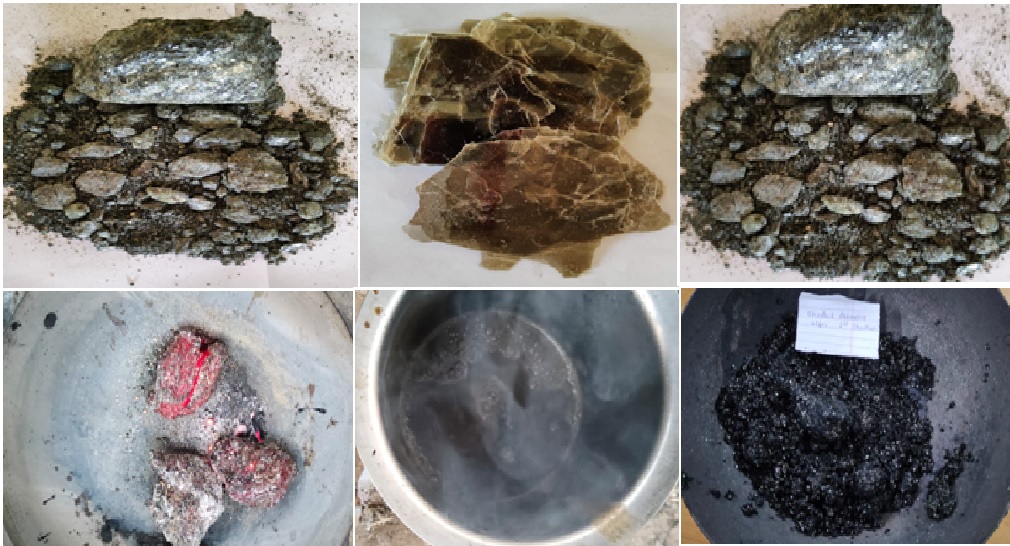Comparative XRF Analysis of Krishnabhraka and Patra Abhraka
Abstract
Abhrak (mica) is an important mineral next to Parada and Gandhaka in Rasashashtra. It is counted under Maharasa Varga. Chemically, Abhrak is mainly a combination of iron, aluminum, silica, magnesium, potassium and zinc. Abhrak Bhasma has a wide range of therapeutic action in various diseases such as Kasa (cough), Swasha (asthma), Panduroga (anemia), Shwetapradara (white discharge) etc. Mainly two types of Abhrak i.e., Patra abhrak (Shweta Abhrak) and Krishna Abhrak are available in the market. Krishna or Vajrabhraka is exclusively taken for preparation of Abhrak Bhasma whereas use of Patrabhraka is restricted to the preparation of Rasamanikya etc. Aim and Objectives: There is difference in physical properties of both Abhraka, so the chemical composition needs to be assessed. To analyze this difference comparative XRF analyzation of Krishna and Patra Abhrak were carried out. Methods and Materials: Both Samples of Abhraka were procured from the market and sent for XRF study. Observation and Result: In XRF analysis, percentage of Fe2O3, MgO and CaO were higher in Krishna Abhrak whereas percentage of SiO2, and Al2O3 were high in Patra Abhrak. Conclusion: Higher percentage of ferrous and magnesium signifies the chemical composition of Krishna Abhraka. The presence of more silica and aluminum in Patra Abhraka states its heat stability for pharmaceutical purposes.
Downloads

Copyright (c) 2023 International Journal of Ayurveda and Pharma Research

This work is licensed under a Creative Commons Attribution-NonCommercial-ShareAlike 4.0 International License.






